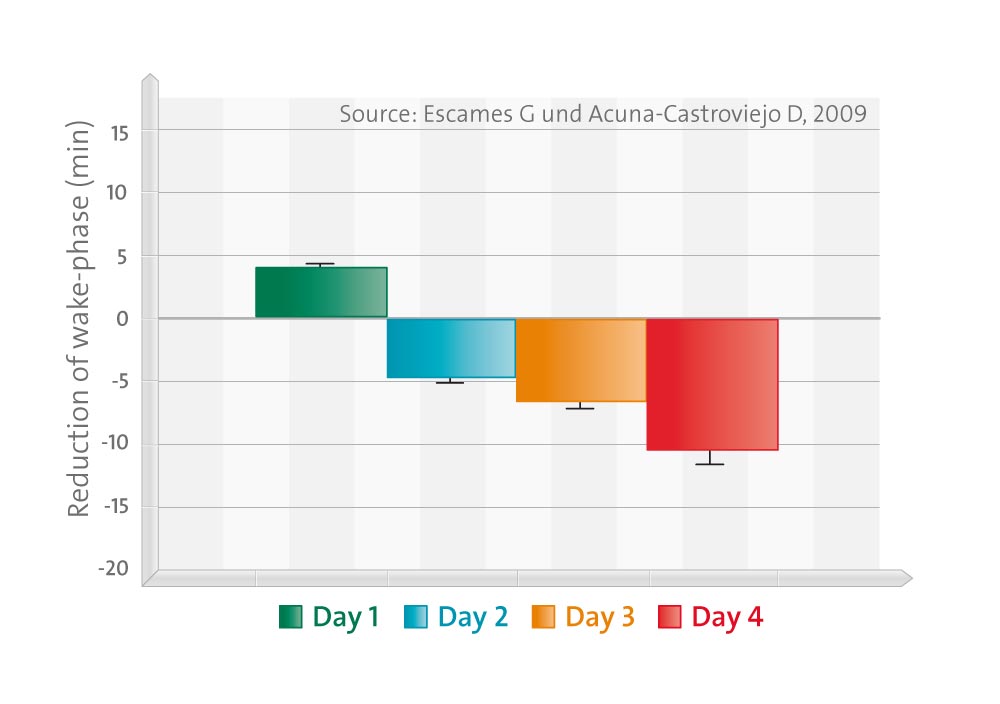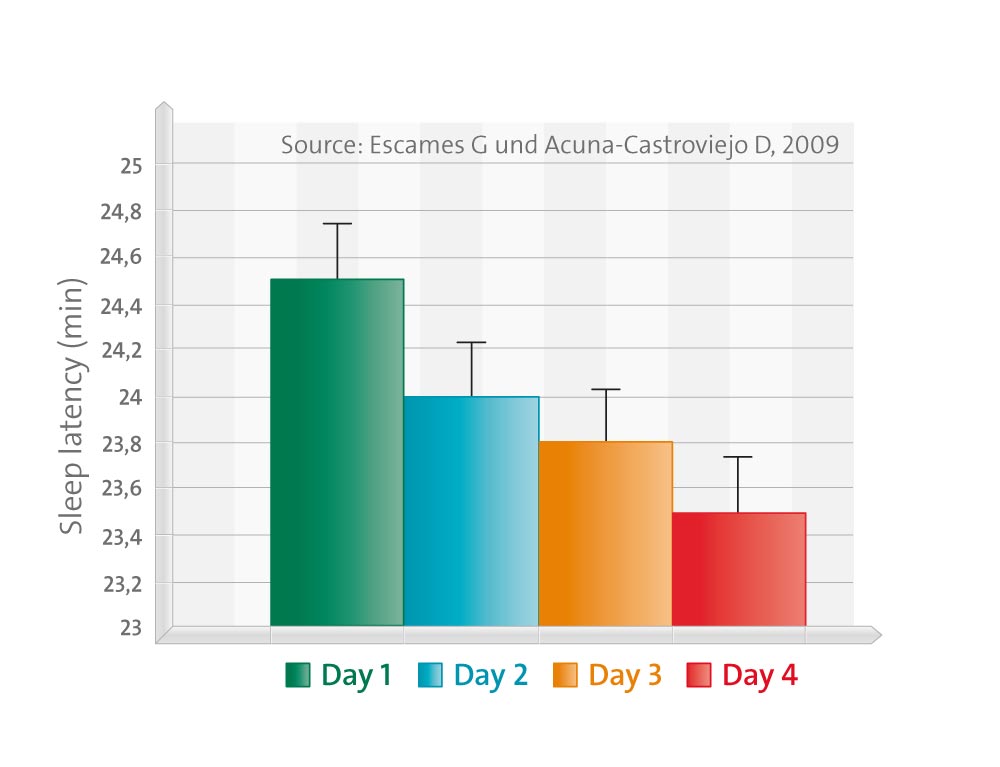Introduction
Melatonin, a widespread hormone in the animal kingdom, is produced by several organs and tissues besides the pineal gland. Whilst extrapineal melatonin behaves as a cytoprotective molecule, the pineal produces the hormone in a rhythmic manner. The discovery of melatonin in 1958, and the characterization of its synthesis somewhat later, let to the description of its photoperiodic regulation and its relationship with the biological rhythms such as the sleep/wake rhythm.
Development
The suprachiasmatic nuclei are the anatomical seat of the biological clock, represented by the clock genes, which code for the period and frequency of the rhythms. The photoperiod synchronizes the activity of the auprachiasmatic biological clock, which in turn induces the melatonin’s rhythm. The rhythm of melatonin, peaking at 2-3 am, acts as an endogenous synchronizer that translates the environmental photoperiodic signal in chemical information for the cells. The sleep/wake cycle is a typical biological rhythm synchronized by melatonin, and the sleep/wake cycle alterations of chronobiological origin, are very sensitive to melatonin treatment. Taking advantage of the chronobiotic and antidepressive properties of melatonin, a series of synthetic analogs of this hormone, with high interest in insomnia, are now available.
Conclusion
Melatonin is a highly effective chronobiotic in the treatment of chronobiological alterations of the sleep/wake cycle. From a pharmacokinetic point of view, the synthetic drugs derived from melatonin are interesting tools in the therapy of these alterations.

